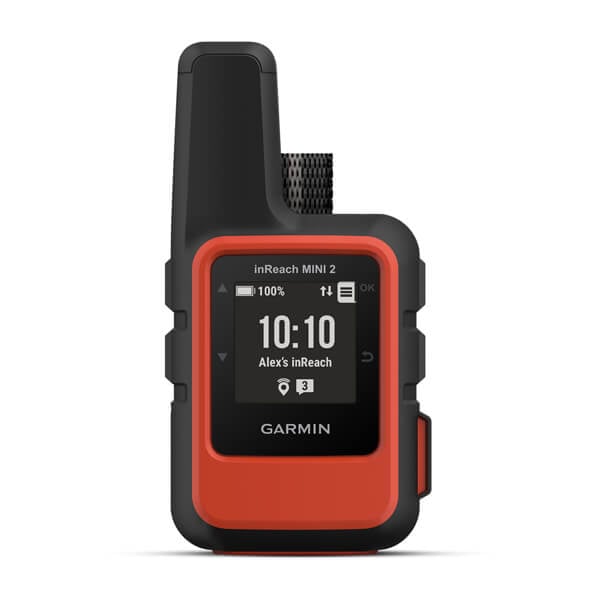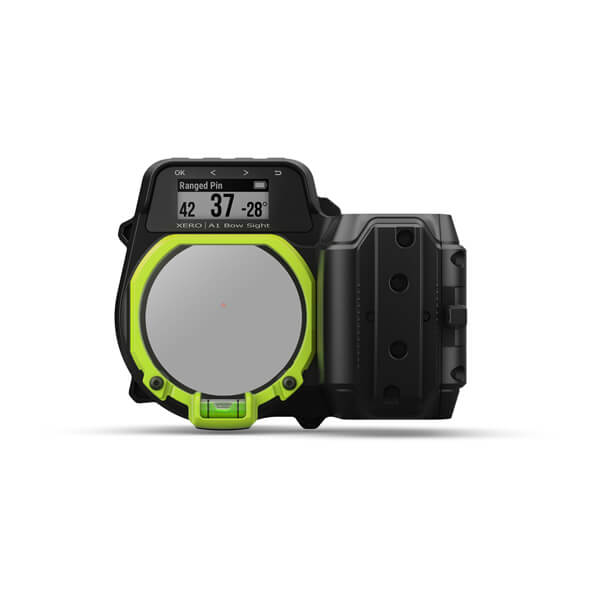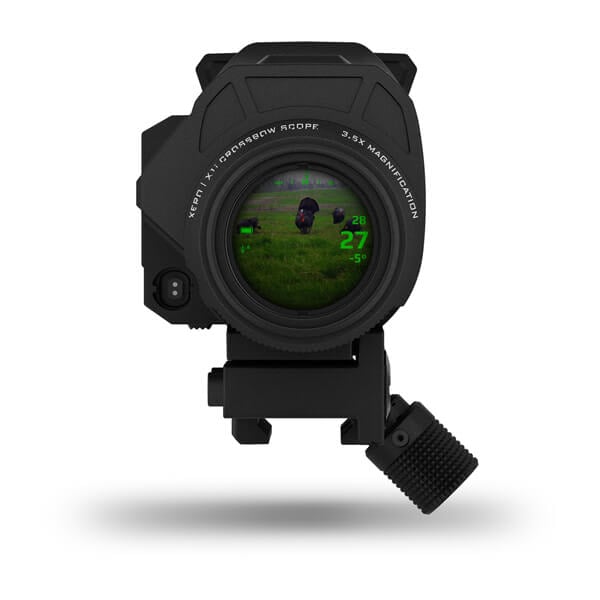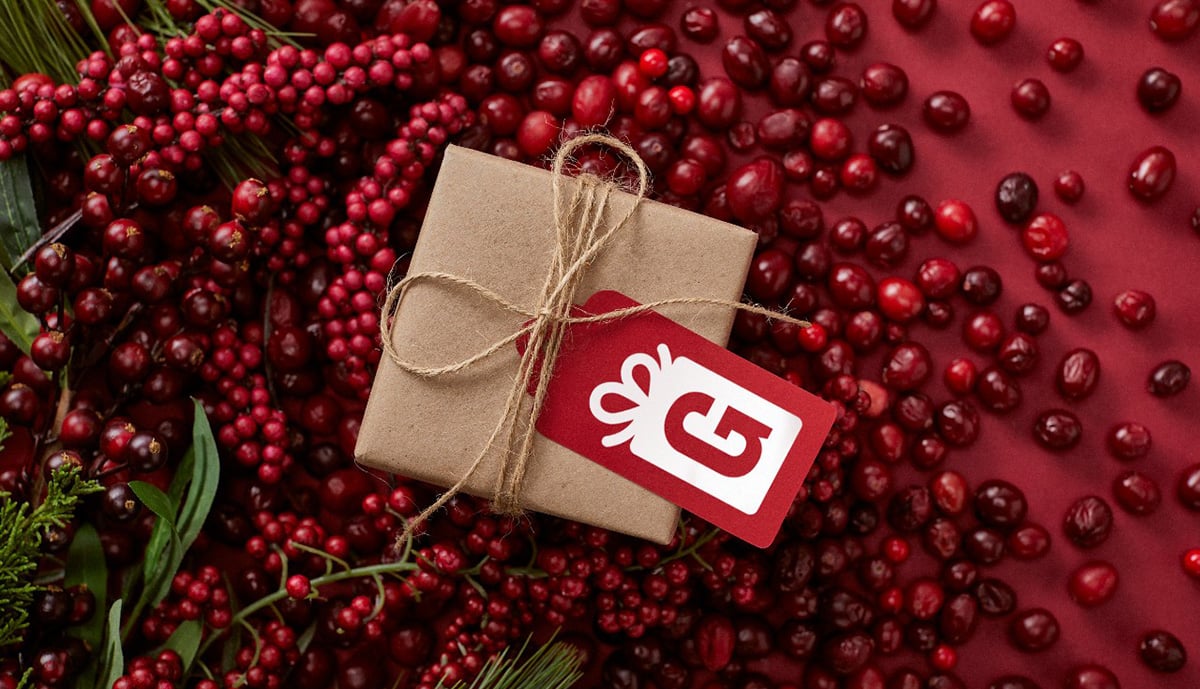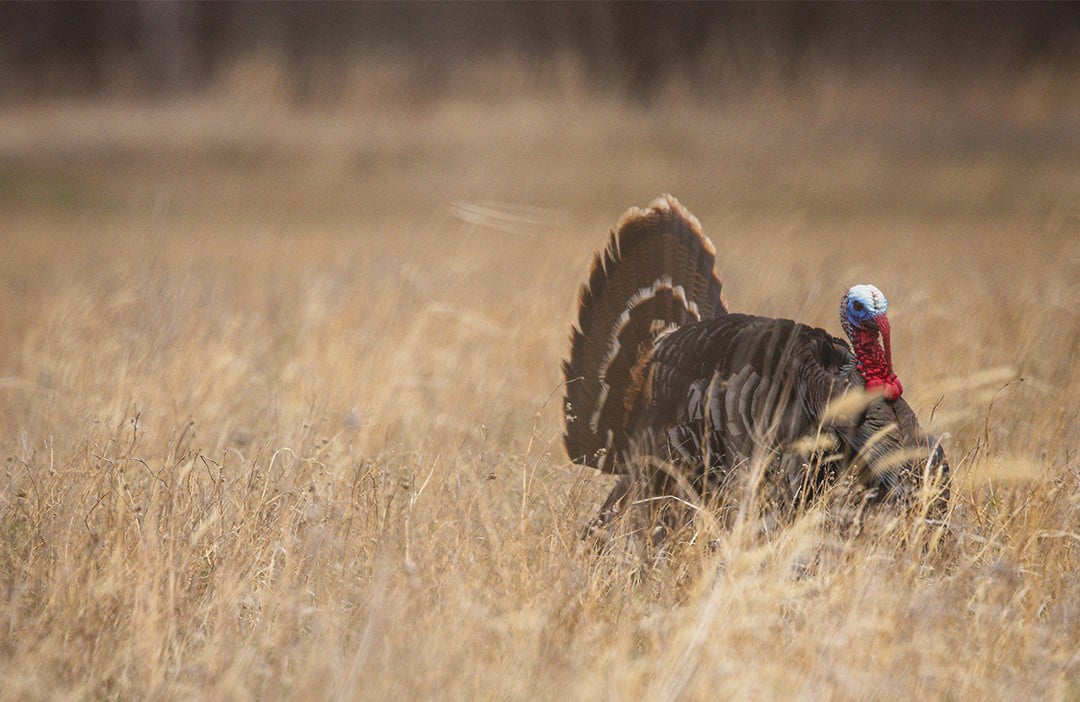
Late Season Turkey Tips with Keith Ott of Chasing 49
Trying to fill a late season turkey tag is *the worst*.
After what seems like an eternity of unsuccessful early mornings, close calls and dumb mistakes during the first part of the season, birds cool down as the weather heats up, making hunting difficult. In addition, late-season hunt frustrations are compounded with misery-laced mosquitos, sweat-soaked camo and gobbles that somehow always seem to be heading away from you.
In many regards, it’s soul crushing.
When driving home empty-handed at this point in the season, you really start questioning your decisions on hunting and life. Intrusive thoughts like “You know what, cleaning out the garage would’ve been a better use of time and more fun than this nonsense” really start to resonate.
And even when I’m successful on a late season hunt, it feels like I stumbled into success and didn’t earn it. It’s like both the bird’s many mistakes and my many more mistakes somehow collide when I’ve got one leg slung across a barbed wire fence, and I can never tell whose more surprised … me or the turkey.
But not this year — not this season. This season I’m calling late-season help.
Keith Ott has chased turkey across 49 states and 2 countries, earning his US Super Slam in 2020 and Royal Slam in 2021. If anyone can provide insight on how to effectively and efficiently get through the late-season doldrums, it’s Keith.
Here are some of his tips.
Why can it be so difficult to close a deal on late-season birds?
When I think of late-season turkeys, my mind immediately thinks of turkey hunting in the month of May. When I sit down on these turkeys, I generally categorize them in one of two ways:
Mayday, mayday! Coming in hot! “Mayday” turkeys can often be found without hens and are extremely willing to find the courtship of your yelps. I’ve been fortunate to sit down on these late-season turkeys, and on plenty of occasions, they didn’t make me wait long for them to make their appearance.
May-day turkeys — relax, this is going to take a while. Contrary to the “Mayday” turkey, a “May-day” turkey is going challenge you in all aspects of the hunt. Many of these turkeys have been yelped to; some of them have been shot at; and others may have been there when a gun went off on one of their running partners in the earlier part of the season. These turkeys will approach you with intense caution and very often use their drumming to notify you of their presence. The foliage is one significant advantage that the hunter has in the late season. You need to really use the foliage and terrain to your fullest advantage on these turkeys. Let the turkey tell you what you need to know so that when you sit down, it’s in an optimal location that requires the turkey to move his feet and look for you. With these tough turkeys, I call very sparingly, scratch in the leaves and often use a wing to present a realistic situation. Authenticity is the key element to peaking the bird’s curiosity and making him look for me once I’m set up.
What are the top three mistakes hunters make in pursuing late-season birds?
- Failure to change calling style based on the turkey’s temperament.
- Setting up prematurely and leaving too much distance between you and the bird.
- Failure to recognize that the turkey has told you he’s on his way, becoming impatient and abandoning the setup before the turkey arrives.
How and/or does calling change when you’re pursuing late-season birds?
Every turkey, whether late or early season, will tell you his temperament, and how you adjust your calling style to engage him in a way that influences his behavior. In the late season specifically, if a turkey is gobbling well, there are a lot of situations where “less is more.” Therefore, I’m going to call to the turkey just enough to let him know I’m present, but I’m going to hold back and allow the turkey to tell me what he needs to hear in order to influence his decision to approach me. If passive calling is not showing a positive change in his behavior, I’m likely to increase the frequency of the calling while taking conscious note of how quickly he’s answering my call, and if I believe that the calling is moving his feet toward me. If I believe the calling is having a direct, positive impact on his willingness to approach my setup, I will continue to call to him and keep his feet moving in my direction.
What is the best decoy setup for late-season birds?
Decoys are always situational, so I would always advise that you replicate what the local flock is telling you. In the early season, you commonly drive around and see a larger number of turkeys together. During this period of the hunting season, I would advise setting up a similar, realistic scenario while hunting. Conversely, in the late season, I generally see very small flocks and even fewer flocks that have multiple male birds tolerating each other. I recommend using real-time information/scouting to influence your decoy setup.
It’s easy to go on tilt when turkey hunting. Early mornings, long days, close calls, getting busted, etc. What are some things you do to stay mentally in the game, especially when it comes to the end of the season?
The end of the season is certainly a game of mental endurance. At the beginning of each day, I think it’s important to remind yourself over a cup of coffee that the turkey doesn’t care how hard you worked in any of the days prior. When you engage with a turkey, treat it just like the very first turkey you sat down on that season and remind yourself — the difference between continued physical fatigue or going back to camp to find relaxation is the mental determination to execute a strategy flawlessly. I prefer the latter.
What are the three most important tips you can give for hunters to do when pursuing late-season birds?
- Use terrain and foliage to your greatest advantage.
- Do not be overly critical of calling too much when the turkey has indicated he likes it.
- Have confidence in your setup.
When do you run on late-season birds and when do you stay put?
On late-season birds, I believe it’s best to continue to cover country until I find very fresh sign/scratching or I hear a turkey gobble. In the latter parts of the season, my strategy is to not slow down until the turkeys provide an undeniable reason for me to change my pace.
